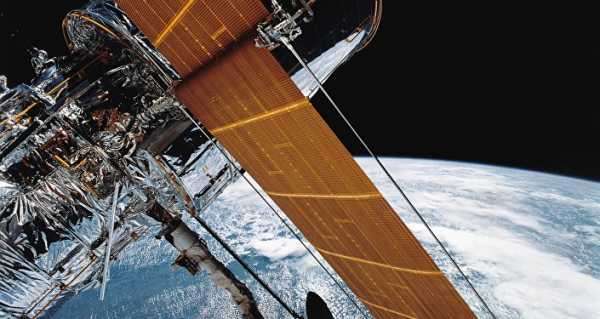
The US National Aeronautics and Space Administration (NASA) over the weekend shared on its social media pages an image snapped by the wandering Hubble Space Telescope that captured a small section of the Cygnus supernova blast wave.
The image, which was released on Saturday, offers viewers a chance to take a deeper look at a portion of the Cygnus Loop, a massive supernova remnant (SNR) that’s located some 2,400 light-years away from Earth in the constellation Cygnus.

Image captured by the Hubble Space Telescope depicts a small section of the Cygnus supernova blast wave, located around 2,400 light-years away. The image shows a ‘veil-like’ structure that resulted from a combination of “ejected material and the low-density interstellar material that formed as a result of massive supernova explosion tens of thousands of years ago.
According to NASA, the long-deceased star is estimated to have been 20 times larger than our sun.
“The interaction of the ejected material and the low-density interstellar material swept up by the shockwave forms the distinctive veil-like structure seen in this image,” it adds.
NASA, in conjunction with the European Space Agency, has previously published a variety of images documenting the Cygnus Loop, many of which focus more on the Veil Nebula – the visible portions of the SNR that measure about 110 light-years across.
The agency has previously indicated that “the original supernova would have been bright enough to be seen clearly from Earth with the naked eye.”
Sourse: sputniknews.com






